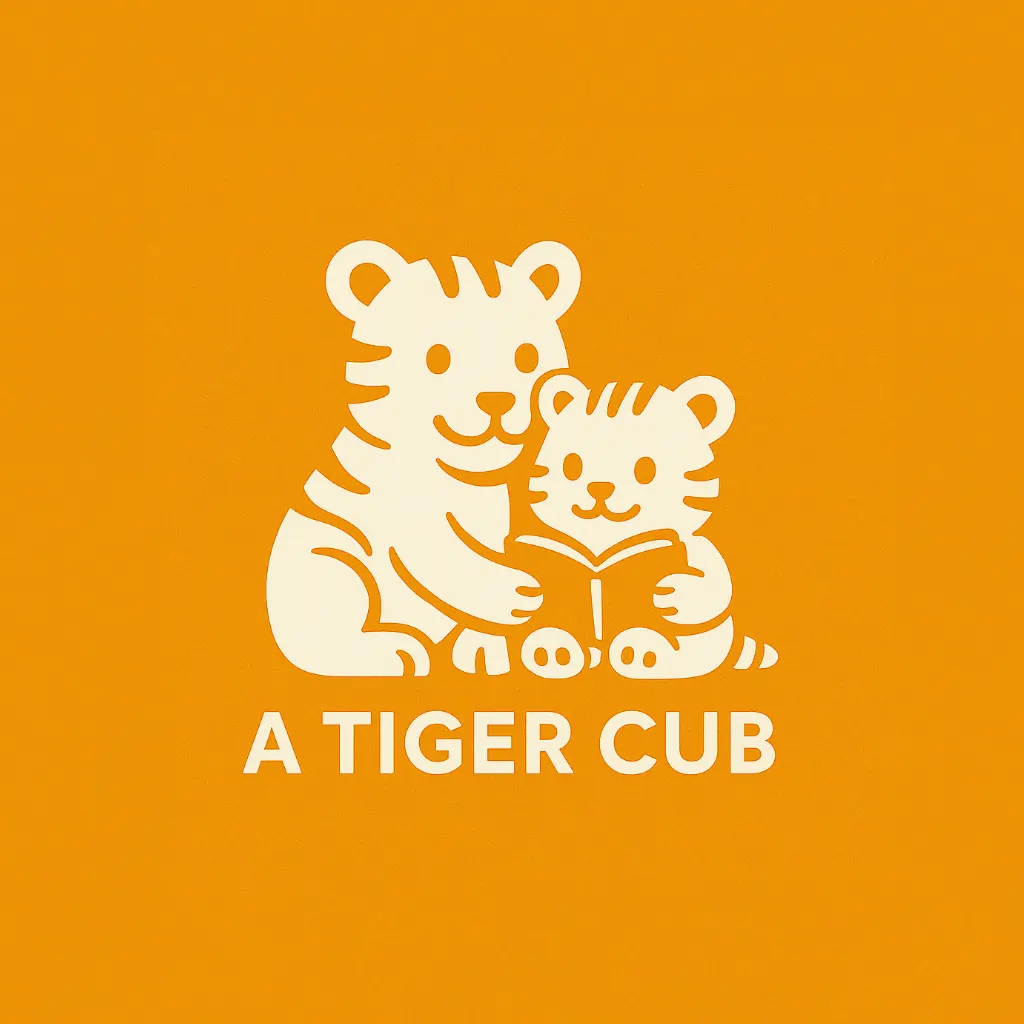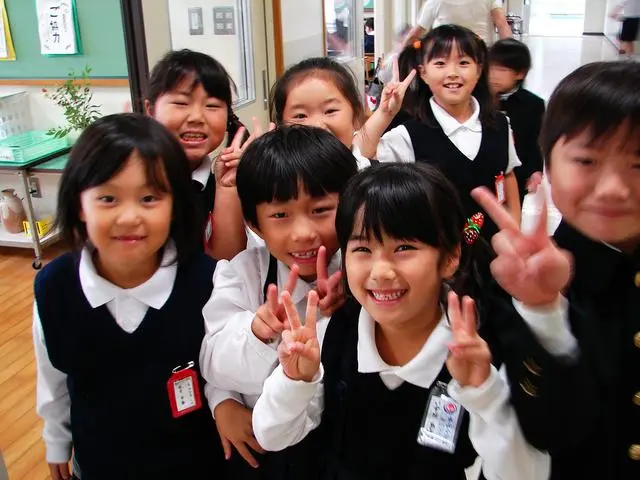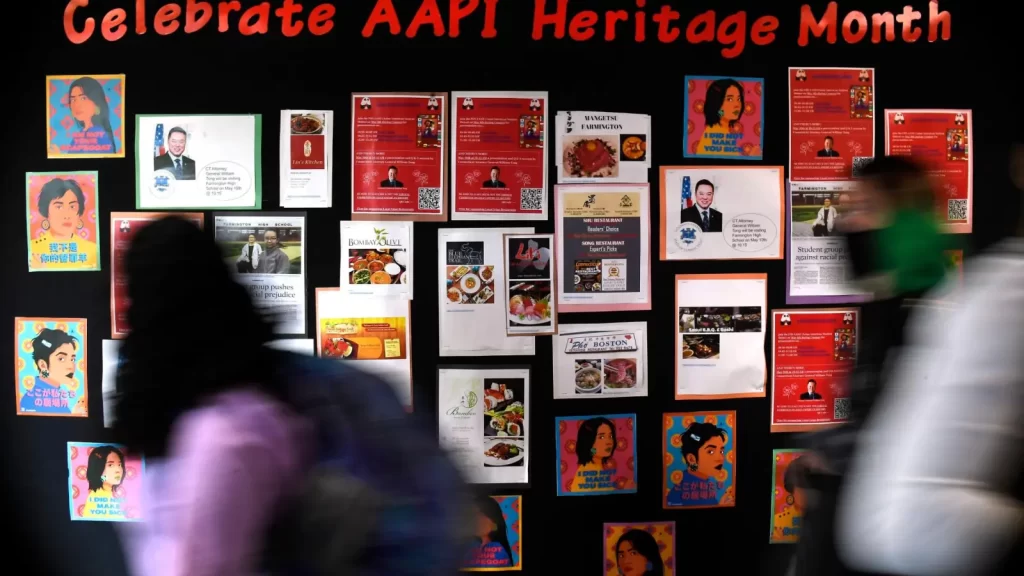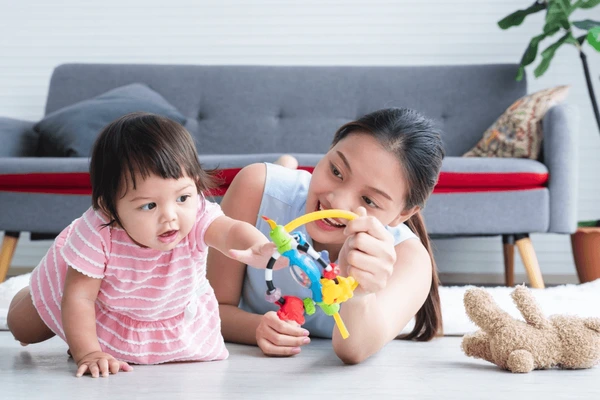Growing up in America, summer school seemed like a cruel twist of fate—a punishment for those who struggled during the school year while the rest of us enjoyed our summer adventures.
Thankfully, I never had to attend, as I was fortunate enough to be an academic achiever. However, witnessing friends endure SAT preparation courses and additional classes in subjects like math and English made me realize the heavy toll these programs took on their leisure time and personal growth.
Many of these prep courses, particularly those run by Asian educators, came at a steep cost, prompting students to forgo their free time for a marginal academic advantage.
This predicament leads to a critical question: at what cost do we pursue academic excellence?
This isn’t a situation unique to the United States; it’s an integral part of the educational framework in Japan, manifested through juku, or cram schools. These establishments serve as an extension of formal education, preparing students for the rigorous entrance exams that dictate their academic futures.
Understanding Juku
In Japan, gakushu juku, commonly referred to as juku, is a familiar aspect of the schooling system. Their purpose is to help students enhance their school performance and prepare for vital entrance examinations.
Statistics reveal that around 37% of Japanese students were enrolled in these schools as of 2018.
Children typically begin attending juku around third or fourth grade, often driven by aspirations to excel academically and gain admission to prestigious institutions such as the University of Tokyo or Keio University.
This early start raises significant concerns about the mounting pressure faced by young children. While academic institutions are essential for learning, juku often amplifies competitiveness in an already rigorous education system, creating an environment where students feel they must constantly strive for perfection.
The Financial Strain of Juku
Juku attendance can be financially burdensome, costing families anywhere from $5,200 to $7,000 annually for younger children, with fees escalating to about $13,000 for older students.
Given that the average household income in Japan is approximately $21,000, many families find themselves needing loans to cover the costs of these extra lessons. This creates a distinct gap between those who can afford this “shadow education” and those who cannot, fostering inequality.
The financial implications of juku stretch beyond tuition fees; families often sacrifice other priorities, such as extracurricular activities and vacations, to fund these educational investments.
The societal pressure to conform to educational norms can lead to a cycle where even lower-income families feel compelled to invest heavily, risking their financial stability for the sake of their children’s futures.
The Impact on Students
The effects of juku on students can be profound.
Classes usually run from 5:00 p.m. to 8:00 p.m., often extending beyond 9:00 p.m.
This schedule, coupled with regular school hours, leaves almost no free time for many students.
The demanding routine can result in sleep deprivation and reduced leisure time; students are often left with little time to relax, socialize, or engage in hobbies—critical aspects of childhood development.
In her book Learning to Go to School in Japan, Lois Peak outlines the struggles of young students burning the midnight oil, with one student, Naohiko Harata, recounting late-night study sessions that stretched until 2:00 or 3:00 a.m.
The relentless pressure of this schedule can easily overwhelm students, leading to a host of negative consequences, including a decline in motivation and emotional exhaustion.
The Mental Health Consequences of Juku
While some students, like Rina, may have positive experiences in juku, benefiting from supportive teaching and camaraderie with peers, the broader reality is troubling.
The intense pressure and long hours can negatively impact mental health.
Professor Ikuo Amano from the University of Tokyo has argued that juku has detrimental effects on education and childhood, highlighting the too-frequent loss of free time.
In Japan, extreme stress sometimes manifests as hikikomori, where students withdraw from social life altogether, unable to cope with the pressures of academic expectations.
Anxiety and depression rates among youths have risen, prompting calls for systemic changes in how education is approached in both formal and informal settings.
A Personal Reflection: The Cram Culture in the U.S.
Drawing from my own experiences in the U.S., I see parallels between the culture of academic pressure here and in Japan.
In the U.S., students often find themselves enrolled in SAT prep classes, Advanced Placement (AP) courses, and other extracurricular academic programs.
These additional offerings aim to boost academic performance and enhance college applications but create their own set of issues, such as:
Financial Strain
Many of these programs carry a hefty price, straining family budgets and impacting other aspects of life. Middle-class families often find it challenging to balance the cost of these programs with essential expenses, sometimes sacrificing retirement savings or accumulating debt to support their children’s educational pursuits.
Time Commitment
Students might spend evenings and weekends locked in prep sessions, limiting opportunities for social interaction and personal exploration. This demanding schedule often takes away time that could otherwise be devoted to friendships, hobbies, or simply enjoying a well-rounded childhood.
Stress and Expectations
The pressure to excel can be intense, with students feeling the weight of expectations imposed by their families and the broader educational system. Fear of disappointing parents or failing to secure college admission leads many to experience anxiety and burnout.
Academic Pressure in Asian American Families
Among many Asian American families, the focus on academic success is particularly pronounced. Cultural expectations can feel overwhelming, fueled by:
Parental Pressure: Meeting high academic standards is often seen as a pathway to success. Parents frequently encourage their children to participate in additional academic programs to gain a competitive edge.
The Drive for Competitive Edge: Students often prioritize test prep and specific subjects over broader learning experiences, transforming education into a race. This struggle not only contributes to individual stress but also fosters an environment of peer competition, perpetuating a cycle of tension and pressure.
Contrasting Perspectives on Juku
The debate surrounding juku highlights its complex role in shaping students’ lives. On one hand, critics emphasize its potential to overwhelm students, leading to stress and exhaustion.
On the other hand, proponents like Takahiro Goto, director of GS Shingaku Kyoshitsu, argue that cram schools fill gaps left by regular education, offering structured environments for both academic and personal growth.
By balancing academic rigor with personal development, juku can serve as a supportive educational tool rather than a source of undue pressure.
Moving Forward
To address the challenges posed by cram schools and improve the overall educational experience for students, several strategies can be implemented:
- Increase Accessibility: Introduce more affordable or free options, such as volunteer tutoring services or peer-led study groups.
- Rethink Session Structure: Reduce the length and intensity of cram school sessions to prevent burnout and incorporate interactive teaching methods.
- Emphasize Holistic Education: Focus on creativity, critical thinking, and emotional intelligence alongside exam preparation.
- Foster Open Communication: Encourage dialogue among parents, students, and educators to prioritize well-being over academic success.
By combining these approaches, we can create a more balanced educational system that values both academic achievement and students’ mental and emotional health.
In conclusion, the shadow education systems in Japan and the U.S. reflect a cultural preoccupation with academic success, often at the expense of well-being. Addressing these challenges requires fostering environments where students can thrive academically and personally without compromising their mental health or growth.








